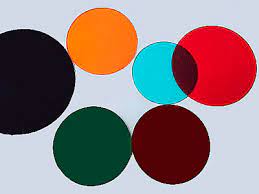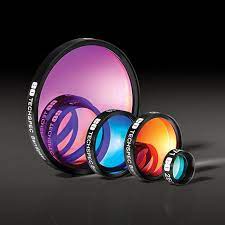Wavelength Selectors
A wavelength selector allows a specific bandwidth to
pass through it. The sample absorbs a certain wavelength.
In atomic absorption spectroscopy a narrow band of
wavelengths increase and improved the sensitivity of an experiment. Its detectability
is also improved when the transmission is high.
There are several types of wavelength selectors.
·
Filters
·
Grating monochromators
·
Prism monochromators.
1) Filters
Filters select a specific wavelength that allows
narrow bandwidths of radiation to pass through it. They are divided into three following
categories:
Absorption Fiters
These filters absorb polychromatic wavelength and transmit
only a single and specific band of wavelengths.
It results about 10-20% specified wavelength to pass
through the absorption filters.
Absorption filters only allow specific wavelengths
to pass through it.
Cut
off Filters
The cut off filters transmit the radiation very near
to accuracy. However, this is only
achieved for a specific band of wavelengths by using multiple numbers of
absorption filters which filter a single wavelength more than one time.
Interference Filters
Interference filters are dependent upon the concept
of wave interference. Some of the radiations are transmitted and other is
reflected by these filters.
An
interference filter is composed of a transparent dielectric sandwiched between
two semitransparent metallic films. These two glass plates to protect the filter.
The thickness of the dielectric and the reflectivity
of the metallic films are selected because as this give more accurate results.
These factors control the transmitted wavelengths having very narrow bandwidth.







0 Comments